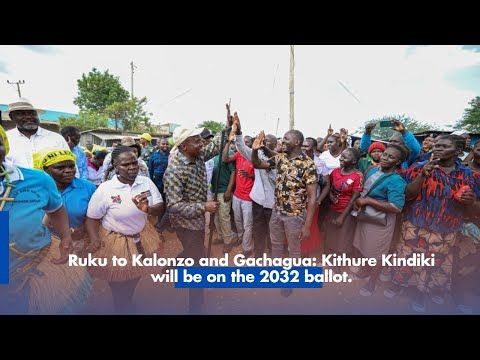

Kenya’s energy demand has continued to grow significantly, registering a 7.4 per cent increase in 2024/25 alone, yet no new grid-tied power plants have been built to meet this demand.
This has moved the country to the red, with the reserve margin falling to below the desired 10 to 15 per cent per cent.
“To meet the growing demand and avoid a crisis, both the government and private sector need to work together; it is time the respective stakeholders aligned on a way to achieve the future we all anticipate, align on priorities and agree on a sustainable plan,” the Chairperson of the Electricity Sector Association of Kenya (ESAK) Eddy Njoroge said.
Njoroge was speaking during the Association's first Power and Transmission Baraza in Nairobi.
He went on to note that increased generation capacity must follow projected demand, and technical teams should take the lead in projecting desired installed capacity.
The one-day event was held under the theme “Dialogues for a better Electricity Market”.
It brought together both private and public stakeholders in the electricity space, among them Kenya Power, IPPs, project developers and international financiers.
The aim was to discuss the status of the electricity sector in Kenya, the gaps therein and beyond the Kenyan frame.
“With Kenya leading in the electricity connectivity in East Africa, and with growth projections reaching over 6000MW of renewable energy capacity by 2030, the country needs to focus on how to meet this future demand, now,” Njoroge said.
In Kenya, the Energy Act allows for private sector participation in power development, with the private sector currently accounting for over USD 2.2 billion in FDI and 35% of the country’s current generation.
The government of Kenya is looking to mobilise nearly USD 4 billion from the private sector to develop the electricity sector by 2030.
This is according to Kenya’s Energy Compact 2025-2030. This will be over USD 2 billion for generation and app USD 1billion for transmission.
Another area that needs investment is the transmission infrastructure for the country.
According to KETRACO, USD 250 million/ year for the next 20 years is needed to boost the transmission in Kenya to levels comparable to middle-income countries.
“The private sector continues to play a critical role in the country’s energy security. When the private sector puts up a power plant, it allows the government to re-direct the limited public resources to other essential services such as health and education,” ESAK CEO George Aluru noted.
With the lifting of the moratorium, Kenya is now open to build new generation.
















